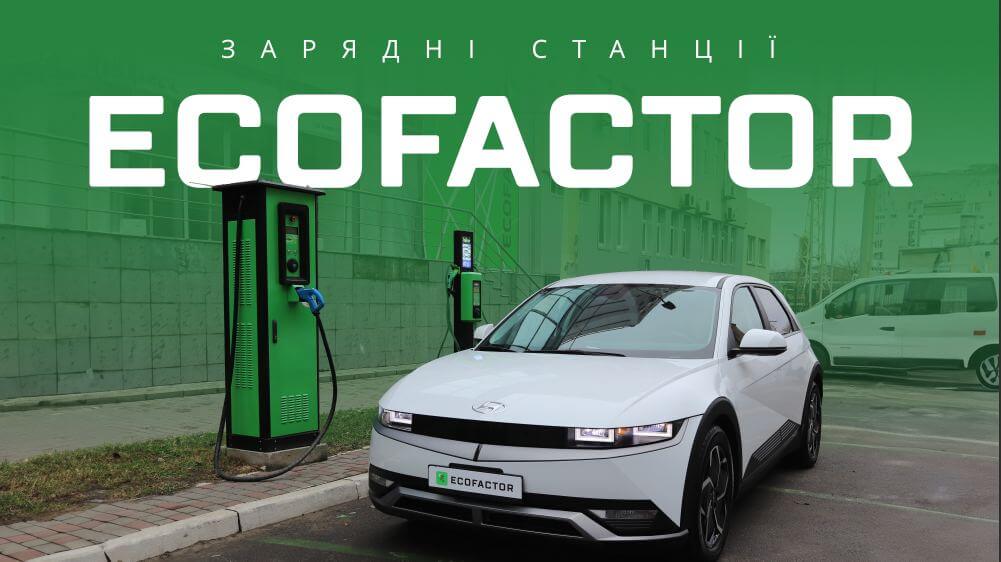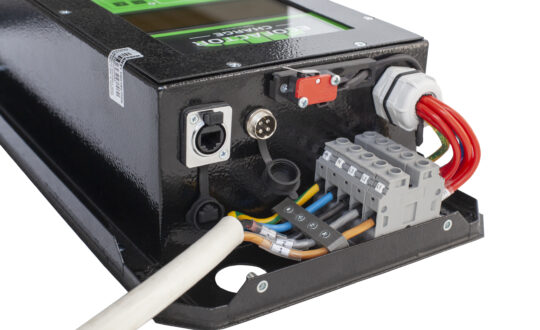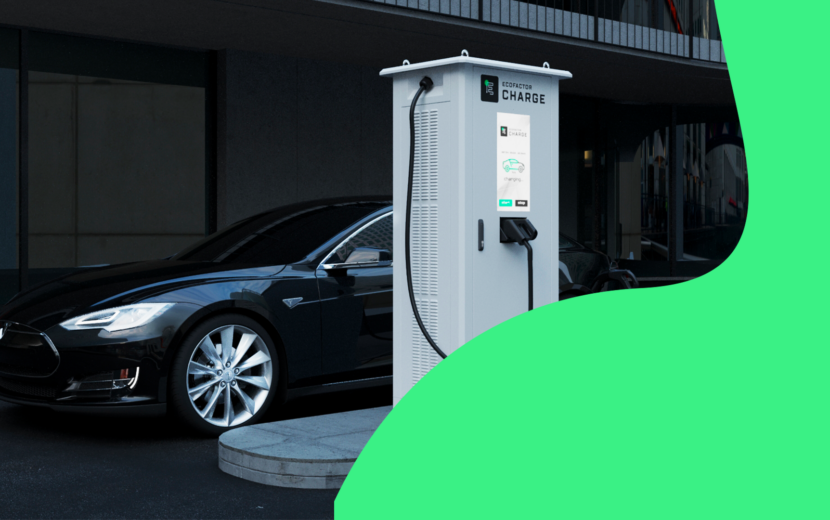
What types of charging stations and connectors are available
Electric vehicles have been on the global market for more than a decade, but manufacturers still do not have a common standard for charging stations and connectors. As many continents produce electric vehicles as there are solutions. It is difficult for electric car enthusiasts not to get confused by the variety of connections, so let's look at the main types that are available in our country. Charging station standards A modern electric motor uses three-phase synchronous [...]
Content:
Electric vehicles have been on the global market for more than a decade, but manufacturers still do not have a common standard for charging stations and connectors. As many continents produce electric vehicles as there are solutions. It is difficult for electric car enthusiasts not to get confused by the variety of connections, so let's look at the main types available in our country.
Standards for charging stations
A modern electric motor uses three-phase synchronous (asynchronous) alternating current electrical flows. An inverter converts the direct current from the traction battery into alternating current for the electric motor. The main battery in an electric vehicle is powered exclusively by direct current. The battery can be recharged directly when connected to a DC network (fast charging), or from an AC network, but through an inverter in the car that converts the AC current to DC (slow charging).
It will affect the charging speed:
- current strength;
- voltage in the network;
- the capabilities of the battery itself and the components of the electric vehicle;
- cable bandwidth;
- battery temperature;
- weather conditions.
If the standard voltage of the network is 220V, that is, networks where it increases to 380V. For example, in houses where there is a three-phase line for connecting electrical appliances that require the maximum current strength for full operation: ovens, stoves, and so on.
Today, there are several charging station standards that differ in terms of current strength. In Europe, there are:
Mode 1 - AC charging from a household network.
Power: 3.7 kW
Alternating current: up to 16 A
Voltage: 220-240 В
Charging time: 12-22 ч
Practically not used, as it does not provide adequate security.
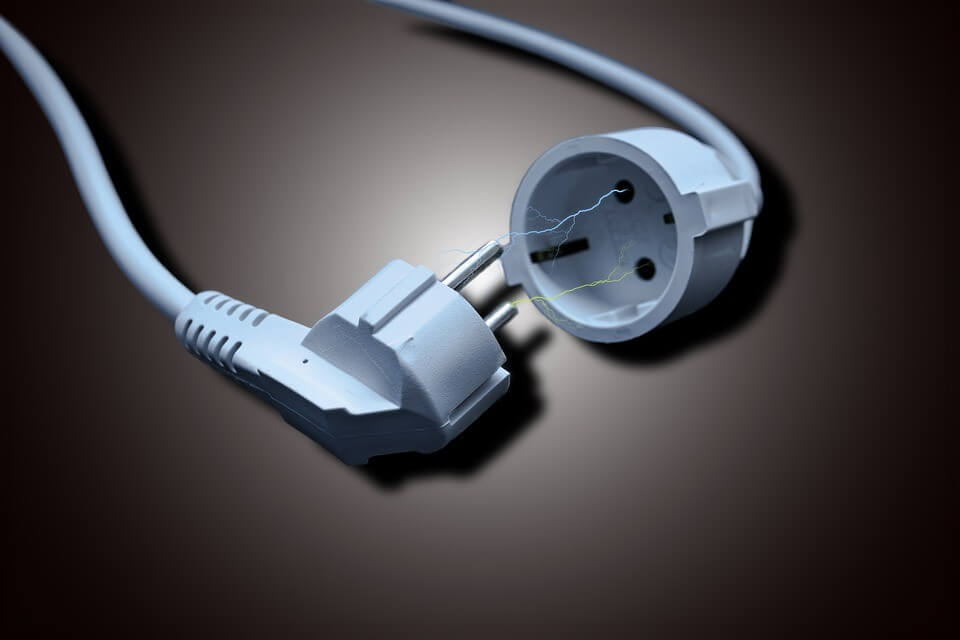
Mode 2 (Level 1) - charging with alternating current from a household network using a special cable.
Power: up to 3.7 or 7.4 kW
Alternating current: 16 - 32 A
Voltage: 220-240 В
Charging time: 8-12 ч
The most common tool, especially for home exercise.
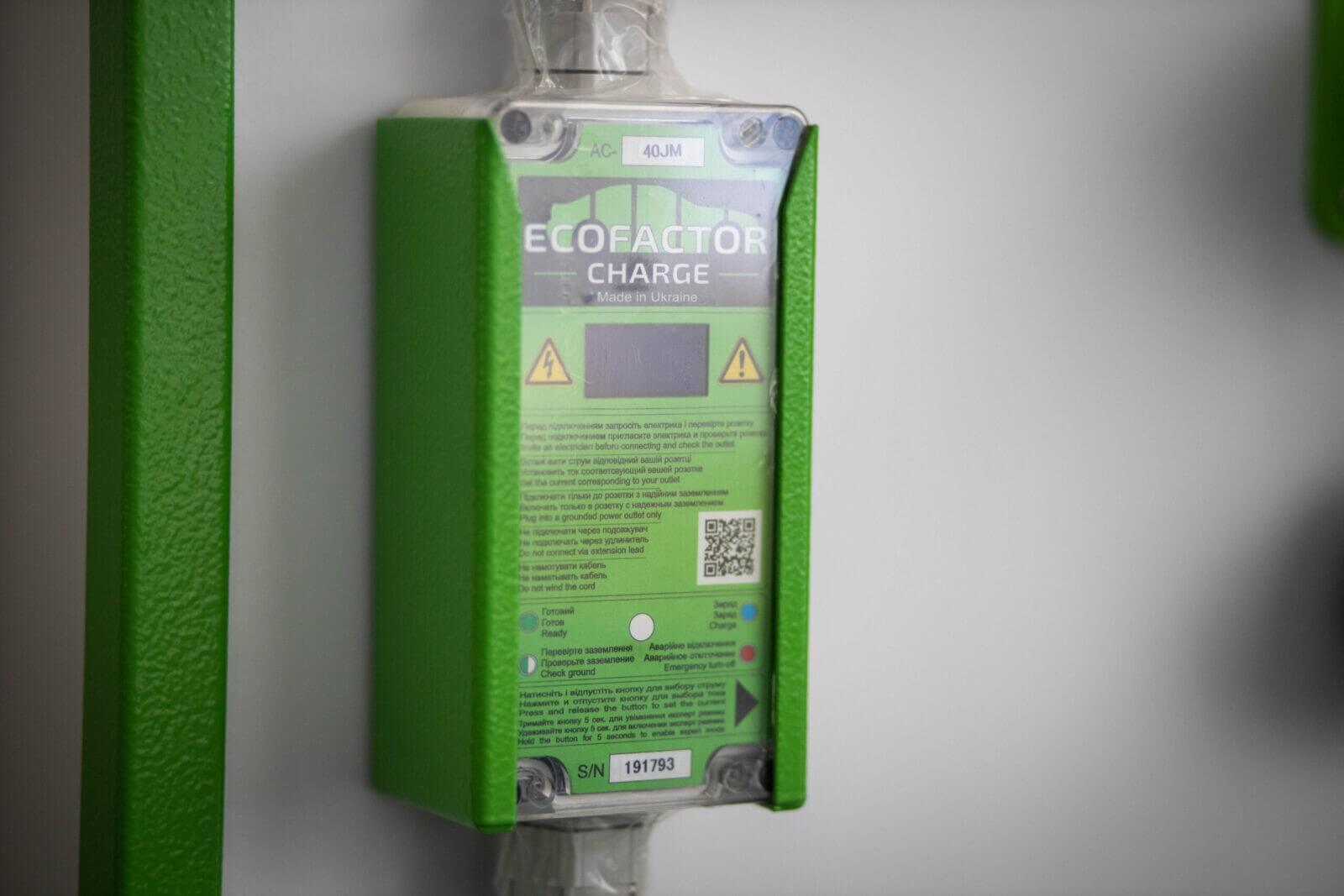
Mode 3 (Level 2) single- or three-phase AC charging using a special connector.
Power: up to 22 - 43 kW
Alternating current: up to 32 - 63 A
Voltage: 260 - 320 В
Charging time: 2,5 - 3 ч
It is used at public charging stations and is installed separately for home use.
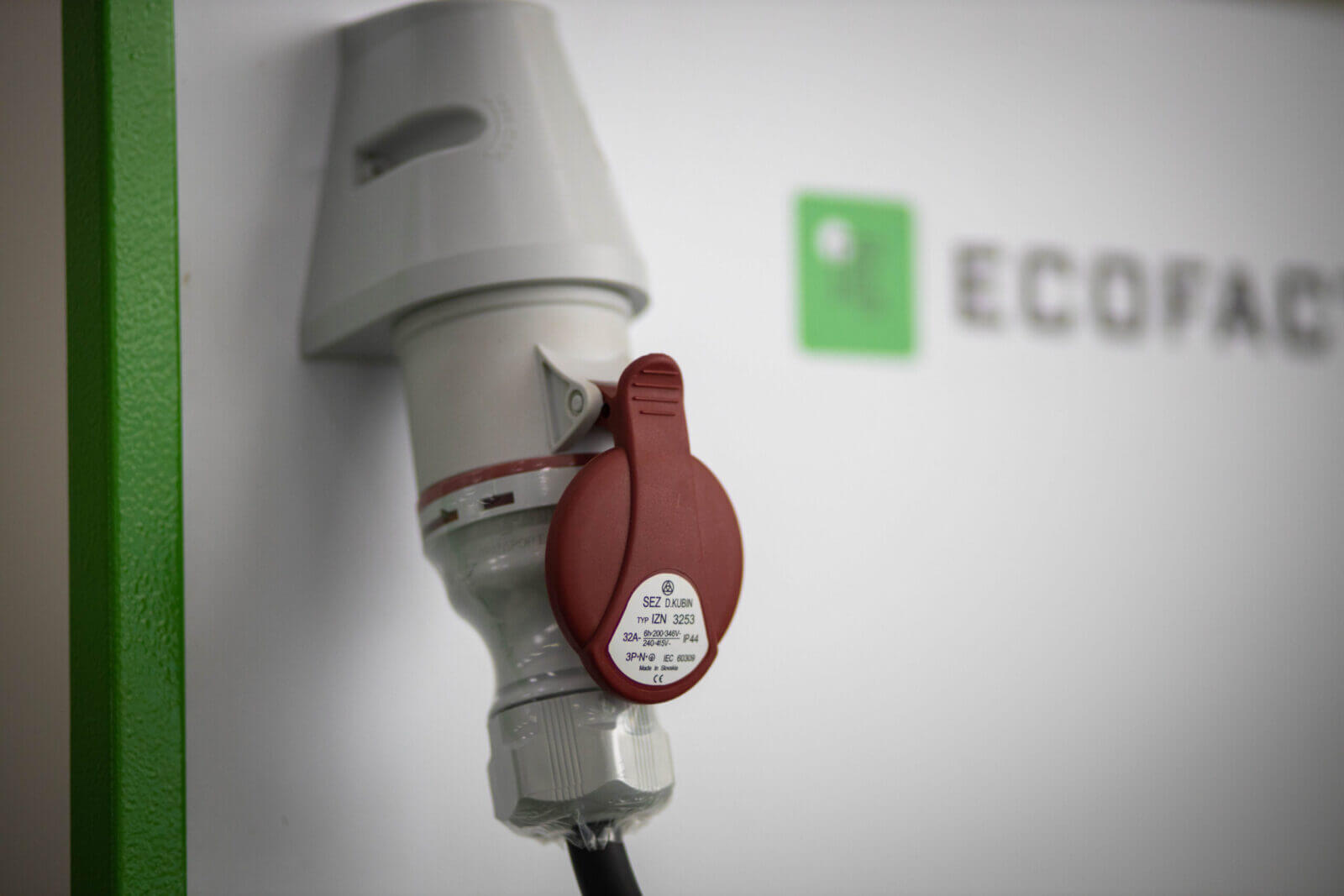
Mode 4 (Level 3) - direct current charging.
Power: up to 50 - 350 kW
Direct current: up to 400 A
Voltage: up to 600 V
Charging time: 1,5 - 2 ч
Available at public stations. Requires a special connector. Electric vehicle specifications must support this function.
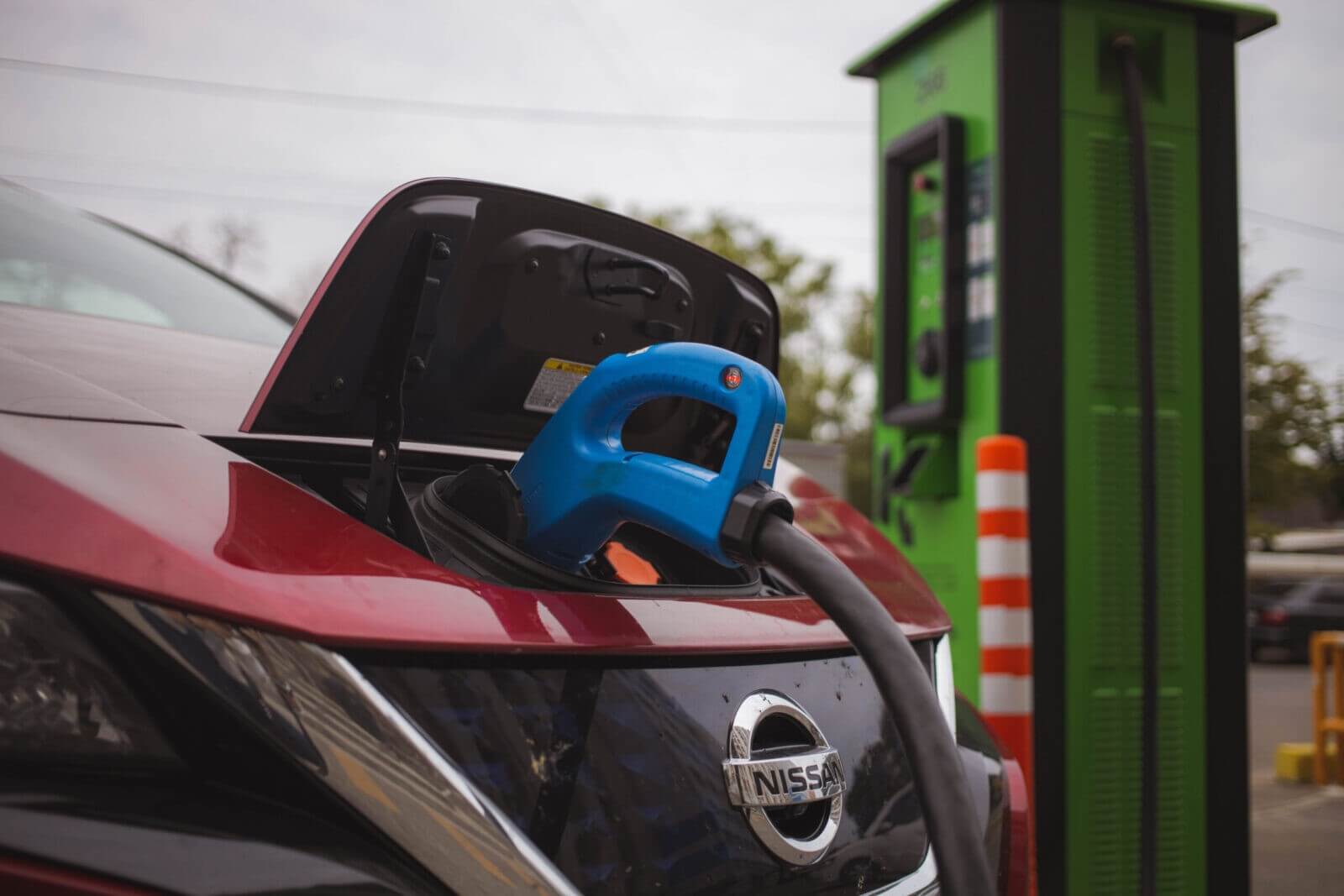
Different types of chargers and connectors
It is important to know that the voltage and current strength determine the choice of charging cable. As a standard, manufacturers offer a Mode 2 cable for slow charging, as this is the safest way for an electric vehicle to replenish its range. This guarantees a long battery life, but takes a long time to restore capacity.
The faster method requires a suitable cable that can withstand the high voltage. This is a three-phase cable with a special connector. Such cables are usually offered as an option or can be ordered separately, for example from ECOFACTOR. It can reduce the charging time from a powerful three-phase socket by up to three times. And it is the cable that you will need to use at public charging stations.
Depending on the country of manufacture of the electric car, there will be different types of connectors:
Type 1 (J1772)
This is an American standard that has been in effect since 2009 and is still in use today, including in Japan. It is a single-phase, five-pin connector for 220-230V AC power supply with a maximum charging power of 7.4 kW and a current of 32A.
It works on Mode 2 and Mode 3 standards.
For 2021, it was upgraded and is capable of transmitting power up to 240 kW, with a current of up to 600A.
It is used by electric vehicles: Nissan Leaf, Chevrolet Bolt and other electric vehicles and Plug-In Hybrid imported from America.

Type 2 (Mennekes)
A European seven-pin connector that has been available since 2013 for all electric vehicles on the European market. It is available in single-phase for 7.4 kW (230 V and 32 A) and three-phase, capable of transmitting up to 22 kW (400 V and 32 A), and some stations offer up to 43.5 kW (400 V and 63 A).
It is used by electric vehicles: Renault Zoe, Opel Ampera-e, Hyundai Ioniq, BMW i3, Jaguar I-Pace, Audi E-tron, Mercedes EQC and others.

Tesla Supercharger
The Tesla branded network is designed for owners of Tesla electric vehicles. It provides fast DC charging using a Tesla Type 2 connector or a Tesla CCS connector, depending on the model. They can deliver 150-300 kW. This allows the range of the 80% to be replenished in 40 minutes and further charging will last from 2 to 4 hours.
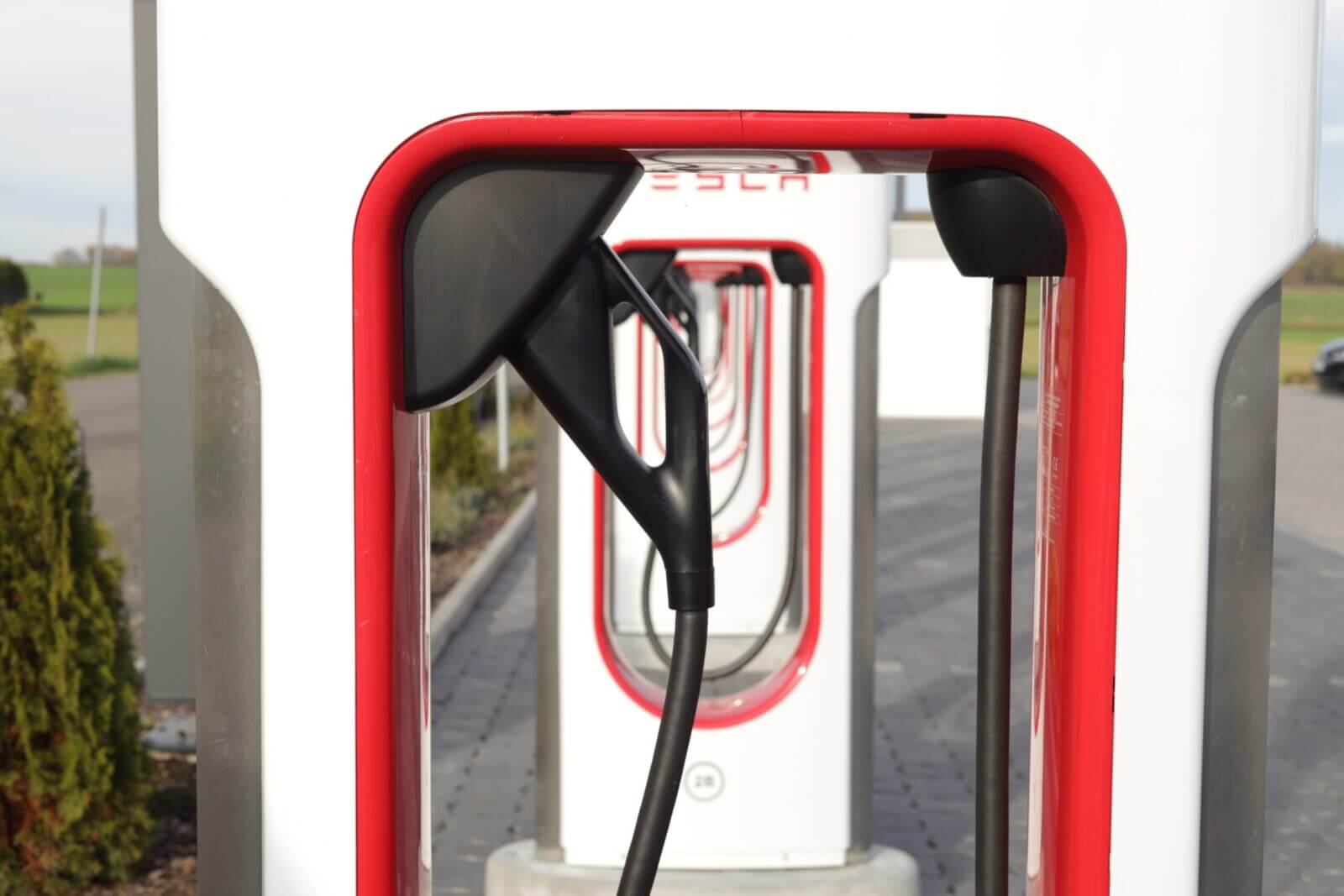
CCS Combo (Combined Charging System)
Combination connector for a range of European, American and Asian electric vehicles. It meets Mode 3 and Mode 4 standards and is divided into two types according to the country: CCS Combo 1 (Type 1) and CCS Combo 2 (Type 2). It delivers the highest possible charging power and speed. Its power is 100 kW (200-500V at 200A).
It is capable of replenishing the range from 20 to 80% in 1.5 hours.
Cables to them are usually already installed at the stations themselves.
CHAdeMO (charge de move)
A type of two-pin connector for accelerated charging of Japanese and American electric vehicles, but also partially found in European vehicles. It offers the most powerful power to charge the battery in 30 minutes up to 80% for 50 kW. It has a maximum power of 62.5 kW (500V and 125A), but there are already even more powerful stations.
GB/T
The Chinese connector is typical of the Chinese market. It is similar to the Type 2 Mennekes connector, but does not meet the technical specifications. It is available in two types: slow charging (AC) and fast charging (DC).
It is worth noting that direct current fast charging stations usually come with cables for the appropriate connector and do not need to be purchased separately, while Type1 and Type2 accelerated charging cables are often included with the electric vehicle or offered as an option.
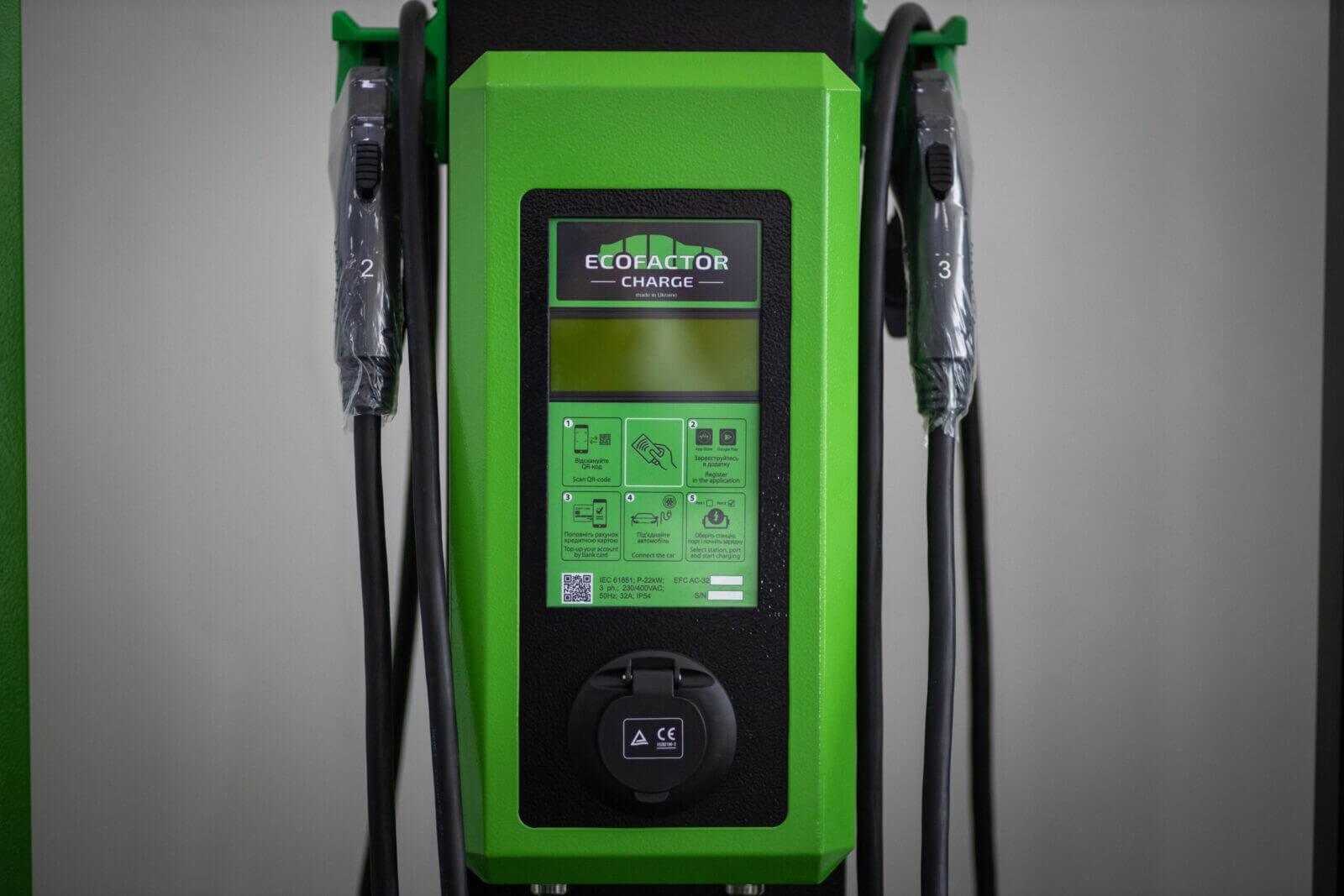
ECOFACTOR now produces charging stations with fast charging connectors and AC charging stations with several types of connectors, which is convenient for users of different electric vehicles. Type 2 or Type 1 charging cables are available separately.



